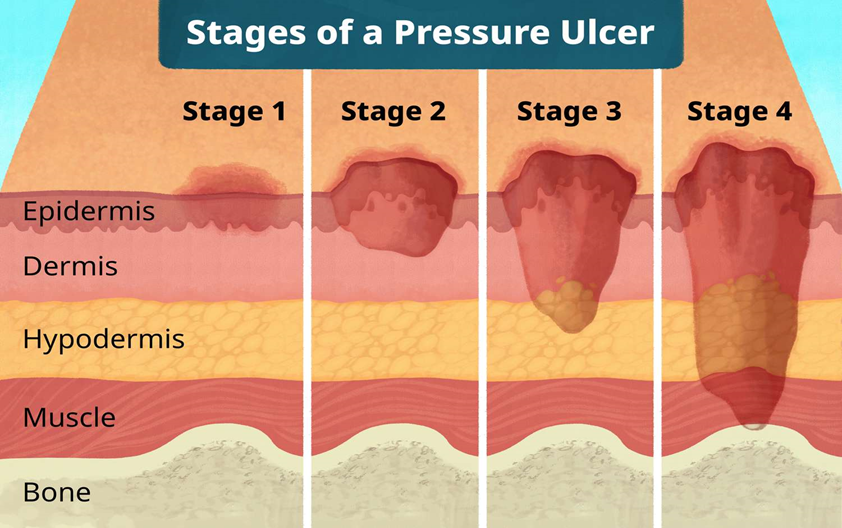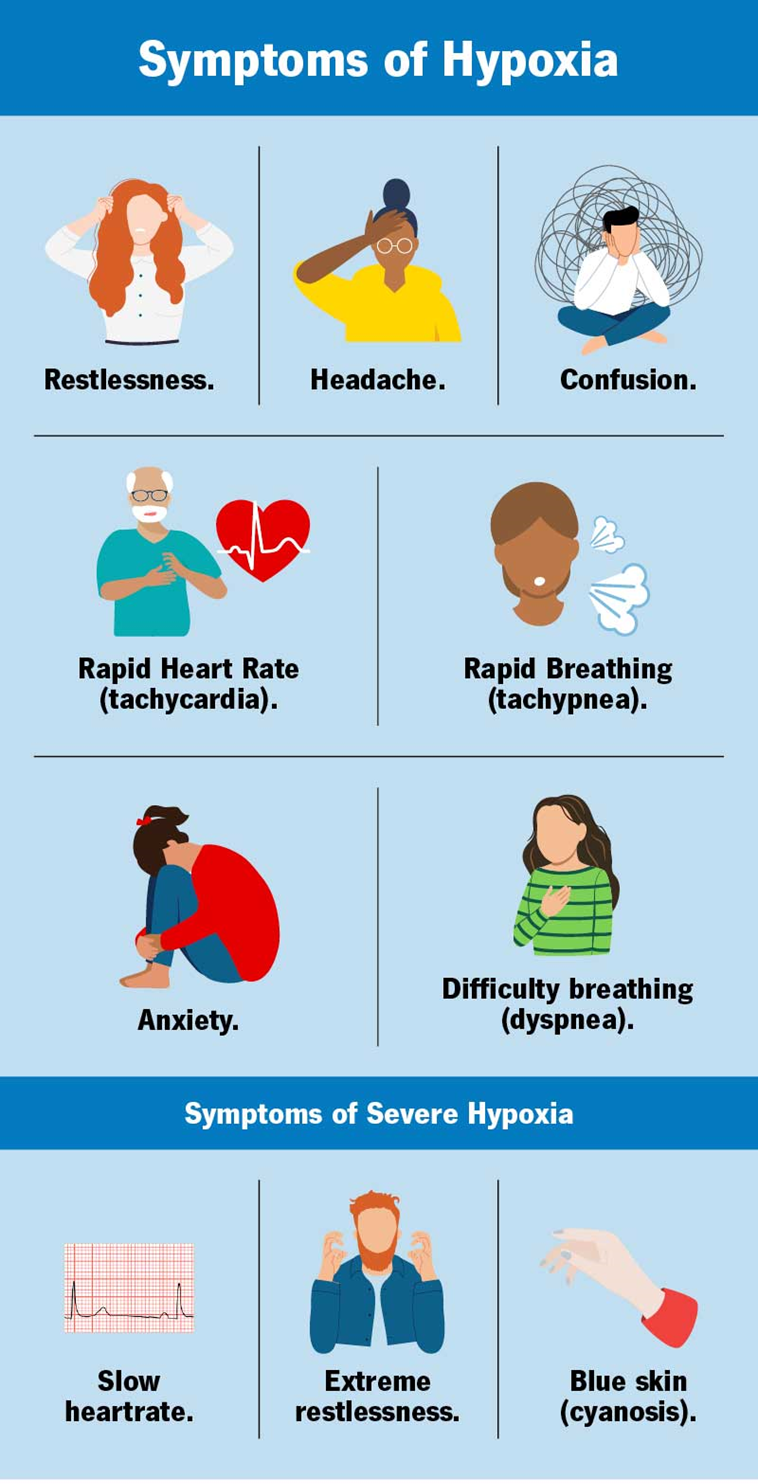A nurse is caring for a client who has a stage I pressure ulcer. Which of the following dressings should the nurse plan to apply?
Alginate dressing
Hydrogel dressing
Transparent dressing
Wet-to-dry gauze dressing
The Correct Answer is C
Choice A Reason:
Alginate dressings are typically used for wounds with moderate to heavy exudate because they are highly absorbent. Stage I pressure ulcers do not usually produce exudate, making alginate dressings unnecessary and inappropriate for this type of wound.
Choice B Reason:
Hydrogel dressings are designed to provide moisture to dry wounds and are more suitable for wounds with minimal to no exudate. While they can be used for stage I pressure ulcers, they are not the most common choice as these ulcers do not typically require additional moisture.
Choice C Reason:
Transparent dressings are ideal for stage I pressure ulcers because they protect the skin from friction and shear while allowing for continuous observation of the wound. These dressings maintain a moist environment, which is beneficial for healing, and are easy to apply and remove without causing additional trauma to the skin.

Choice D Reason:
Wet-to-dry gauze dressings are generally used for debridement of necrotic tissue in more advanced wounds. They are not suitable for stage I pressure ulcers, which do not have necrotic tissue and do not require debridement.
Nursing Test Bank
Naxlex Comprehensive Predictor Exams
Related Questions
Correct Answer is A
Explanation
Choice A Reason:
Restlessness is often one of the earliest signs of hypoxia. When the body experiences low oxygen levels, the brain is one of the first organs to be affected. This can lead to symptoms such as anxiety, agitation, and restlessness as the brain struggles to function properly without adequate oxygen. These symptoms occur because the body is trying to compensate for the lack of oxygen by increasing respiratory and heart rates, which can make a person feel uneasy or restless.

Choice B Reason:
Cyanosis refers to a bluish discoloration of the skin and mucous membranes due to low oxygen levels in the blood. While cyanosis is a significant indicator of hypoxia, it is typically a later sign. By the time cyanosis is visible, hypoxia has usually been present for some time, and oxygen levels have been critically low. Therefore, it is not the earliest clinical manifestation of hypoxia.
Choice C Reason:
Apnea is the absence of breathing. This is a severe and late sign of hypoxia. When a person stops breathing, it indicates that the body has been deprived of oxygen for an extended period, leading to critical conditions. Apnea is a medical emergency and requires immediate intervention, but it is not an early sign of hypoxia.
Choice D Reason:
Bradycardia is a slower than normal heart rate. Like apnea, bradycardia is a late sign of hypoxia. Initially, the body responds to low oxygen levels by increasing the heart rate (tachycardia) to pump more oxygenated blood to tissues. Bradycardia occurs when the body can no longer compensate, and the heart rate slows down, indicating severe hypoxia and impending failure of the cardiovascular system.
Correct Answer is A
Explanation
Choice A reason: Administering the medication within 90 minutes of the provider prescribing it aligns with the definition of a “NOW” order. A “NOW” order is intended to be given promptly but not as urgently as a STAT order, which requires immediate administration. This timeframe ensures that the medication is given in a timely manner to address the client’s needs without unnecessary delay.
Choice B reason: Administering the medication at specific times until directed by the provider is not appropriate for a “NOW” order. This approach is more suitable for routine or scheduled medications, where the timing is predetermined and consistent. A “NOW” order requires prompt action rather than adherence to a fixed schedule.
Choice C reason: Administering the medication at every 4-hour intervals is incorrect for a “NOW” order. This frequency is typical for PRN (as needed) medications or those requiring regular dosing intervals. A “NOW” order is a one-time directive that necessitates timely administration soon after the order is given.
Choice D reason: Administering the medication whenever the client reports specific manifestations, such as pain, is characteristic of PRN orders. PRN orders are given based on the client’s symptoms and needs at the time. A “NOW” order, however, is a one-time order that should be carried out promptly, regardless of the client’s immediate symptoms.
Whether you are a student looking to ace your exams or a practicing nurse seeking to enhance your expertise , our nursing education contents will empower you with the confidence and competence to make a difference in the lives of patients and become a respected leader in the healthcare field.
Visit Naxlex, invest in your future and unlock endless possibilities with our unparalleled nursing education contents today
Report Wrong Answer on the Current Question
Do you disagree with the answer? If yes, what is your expected answer? Explain.
Kindly be descriptive with the issue you are facing.
